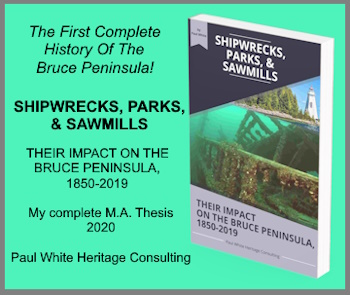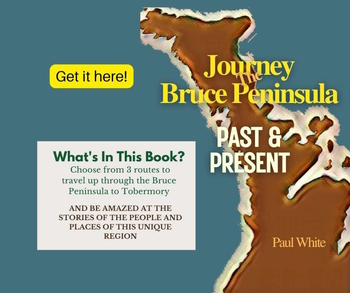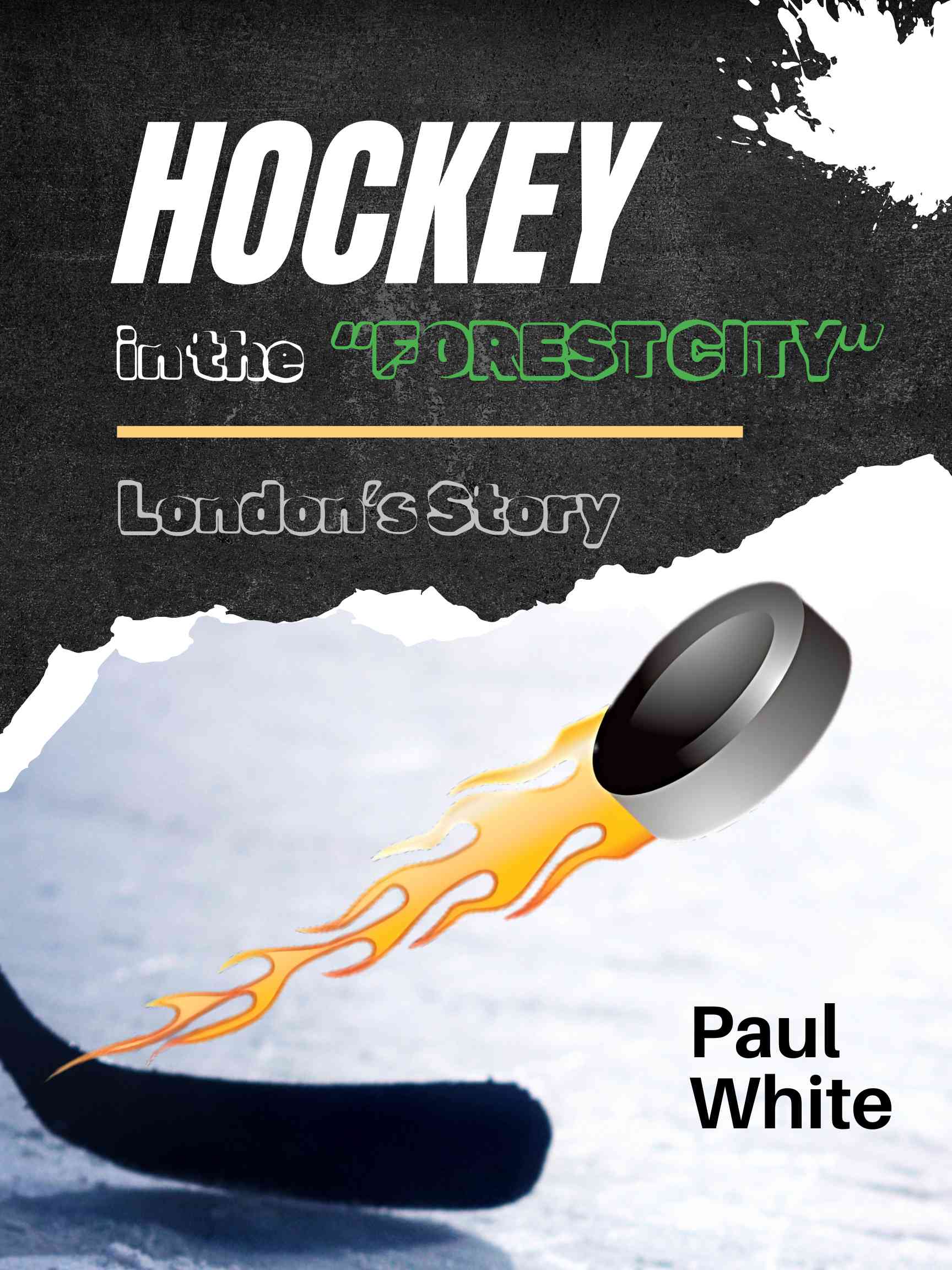A Flowerpot Island Cruise
A Flowerpot Island cruise is not only entertaining, but it is also very educational as you will see things that you most likely have never viewed before!
Last weekend I travelled to Tobermory to enjoy the Marine Heritage Festival. While all the events were entertaining and educational, I particularly enjoyed a Flowerpot Island cruise. I have made several trips to Cove Island and sailed around the other islands which dot the waters off the tip of the Bruce Peninsula. Although I had seen the famous flowerpots from a distance, I had not set foot on this famous Bruce Peninsula landmark.
Our Flowerpot Island Cruise Begins
On Sunday morning we set off for our Flowerpot Island cruise on a glass bottom boat. As we left the friendly confines of Little Tub harbour, I was immediately struck by two sensations. First the beauty of the deep blue Georgian Bay water contrasting with the green of the islands that surround the entrance to Tobermory. Secondly, the force of the wind and the waves as our boat was buffeted about by heavy waves. As we sailed further into the open water the swaying motion of the boat caused by the wave action increased and the announcement by the ship's captain that the depth of water below us was six hundred feet, gave me a renewed regard for the men and women who had sailed these waters and lost their lives in the many shipwrecks which divers now enjoy as part of Fathom Five National Marine Park.
When our boat docked at Flowerpot Island, we were met by our tour guide, a Parks Canada Interpreter. She was a Graduate Student at the University of Guelph, who grew up in Southampton. Her love for nature, and more specifically the Bruce Peninsula region was immediately evident. With great enthusiasm she pointed out the various trees, plants and landforms which make Flowerpot Island unique.
She told us about the oldest tree in Canada which scientists have discovered on Flowerpot Island. It is calculated to be 1,645 years old. She explained that due to the remote location of the island, loggers and forest fires had left the forest growth virtually untouched. It was particularly interesting to note that many of these trees were gnarled and dwarfed because they existed in very little soil in the cracks and crevices of the rocky outcrops which constitute the island's shoreline. Combining the winds, ice and snow to this harsh habitat it is truly an amazing feat that these stubby trees could withstand the elements for a few years let alone many centuries.
As we toured Flowerpot Island, we noticed an island with a distinctive shape to the east. Bear's Rump Island is unique not only for its name, but for its profile. On the horizon it looks like a bear lying on its stomach, with its rump in the air as it attempts to catch fish as they swim by the western shore. From a geological perspective it represents a cross-section of the Bruce Peninsula. Like the Georgian Bay coast of the peninsula the island's eastern end rises sharply out of the water like a craggy promontory and as its slopes westward it levels off, offering a smooth approach to the waters much like the peninsula's Lake Huron shoreline.
Flowerpot Island has been part of the National Park system since the 1930s when it was part of the Georgian Bay Islands National Park. In 1987 it became part of Fathom Five National Marine Park.
The two flowerpots which rise up out of the water on the eastern shoreline of the island have created an aura of mystery and legend to the island. Originally, early sailors referred to them as Roman wine jars. However, native legend surrounding these two pillars predates European travellers to the area.
Scientists have determined that fishing occurred in the area at least 1000 years ago. However, native legend reveals that evil spirits lurked on the island and therefore was never inhabited. A Native myth tells the story of an Indian warrior falling in love with a princess from a rival tribe. To escape persecution from both their tribes they paddled to Flowerpot Island. Once safely on the island evil spirits cast them into columns of stone. If you look carefully at the largest flowerpot you can see the profile of an Indigenous warrior in the rock at the top of the largest flowerpot.
As you can see, there are many great reasons to take a Flowerpot Island cruise.
A version of this article first appeared in my Local History column in the Owen Sound Sun Times in 1998.
Discover More About the Bruce Peninsula
Getting to the Bruce Peninsula is a relatively easy driving trip. Here are driving directions from three regions to the peninsula.
Bruce Peninsula Lumber History details the impact of the forest products industry on the development of the region.
Bruce Peninsula Lumbering provided the stimulus to develop and grow the pioneer economy on the newly settled Bruce Peninsula.
Bruce Peninsula Municipal Politics: No matter what the venue, or the issue, seldom is a popular decision made that suits everyone.
Bruce Peninsula Travel Routes were often a matter of debate because in the early years, land travel was virtually unattainable for settlers and lumbermen alike.
Bruce Peninsula winters could be difficult, especially in pioneer times when transportation connections were limited to only a few months each year.
Colpoys Bay Vista - Awesome! A short drive from either Wiarton or Owen Sound is one of the most magnificent views to be found in the province of Ontario!
Forest Products on the Bruce Peninsula contributed greatly to the growth and development of that region of the province of Ontario.
Gillies Lake: aka Ghost Lake has a mysterious past as its original name, Ghost Lake, implies.
Great Grey Owls on the Bruce Peninsula was a surprise discovery for ornithologists and others. Sadly, the story of their visit had an unfortunate conclusion.
Pioneer Campers: Hope Bay mostly considered the peninsula untamed wilderness and some of the locals were not about to disappoint them!
Pioneer Missionary James Atkey arrived on Colpoys Bay to minister to the native community near Oxenden until a treaty uprooted his parishioners.
Pioneer tourists first visited the Bruce Peninsula in the 1800s and the region continues as a great recreational and tourism destination today!
Pioneer Vacations on the Bruce Peninsula got an eerie start in the Hope Bay region of the peninsula.
Lighthouses Lighthouses were vital to Georgian Bay Sailing.
A Flowerpot Island cruise is not only entertaining, but it is also very educational as you will see things that you have never viewed before!
Travel the Bruce: Owen Sound to Wiarton A wonderful journey from Owen Sound to Wiarton.
Travel the Bruce: Wiarton to Tobermory Relaxing and historic journey.
Bruce Peninsula The Bruce Peninsula is a compelling place, with a rich history, to visit. Once you have traveled there, we guarantee that you will return, again and again!






